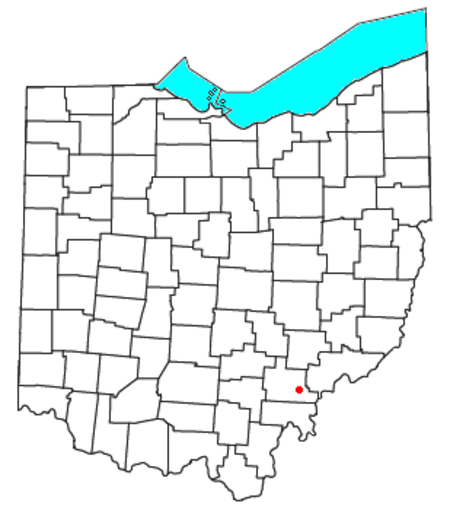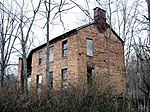Guysville, Ohio
1836 establishments in OhioAppalachian Ohio geography stubsPopulated places established in 1836Unincorporated communities in Athens County, OhioUnincorporated communities in Ohio ... and 1 more
Use mdy dates from July 2023

Guysville is an unincorporated community in southern Rome Township, Athens County, Ohio, United States. It has a post office with the ZIP code 45735.The town is located on the Hocking River at the junction of U.S. Route 50 and State Route 329. Guysville was laid out in 1836. A post office has been in operation at Guysville since 1838. The community was named for Guy Barrows, first postmaster.
Excerpt from the Wikipedia article Guysville, Ohio (License: CC BY-SA 3.0, Authors, Images).Guysville, Ohio
Geographical coordinates (GPS) Address Nearby Places Show on map
Geographical coordinates (GPS)
| Latitude | Longitude |
|---|---|
| N 39.29 ° | E -81.923333333333 ° |
Address
45735
Ohio, United States
Open on Google Maps




